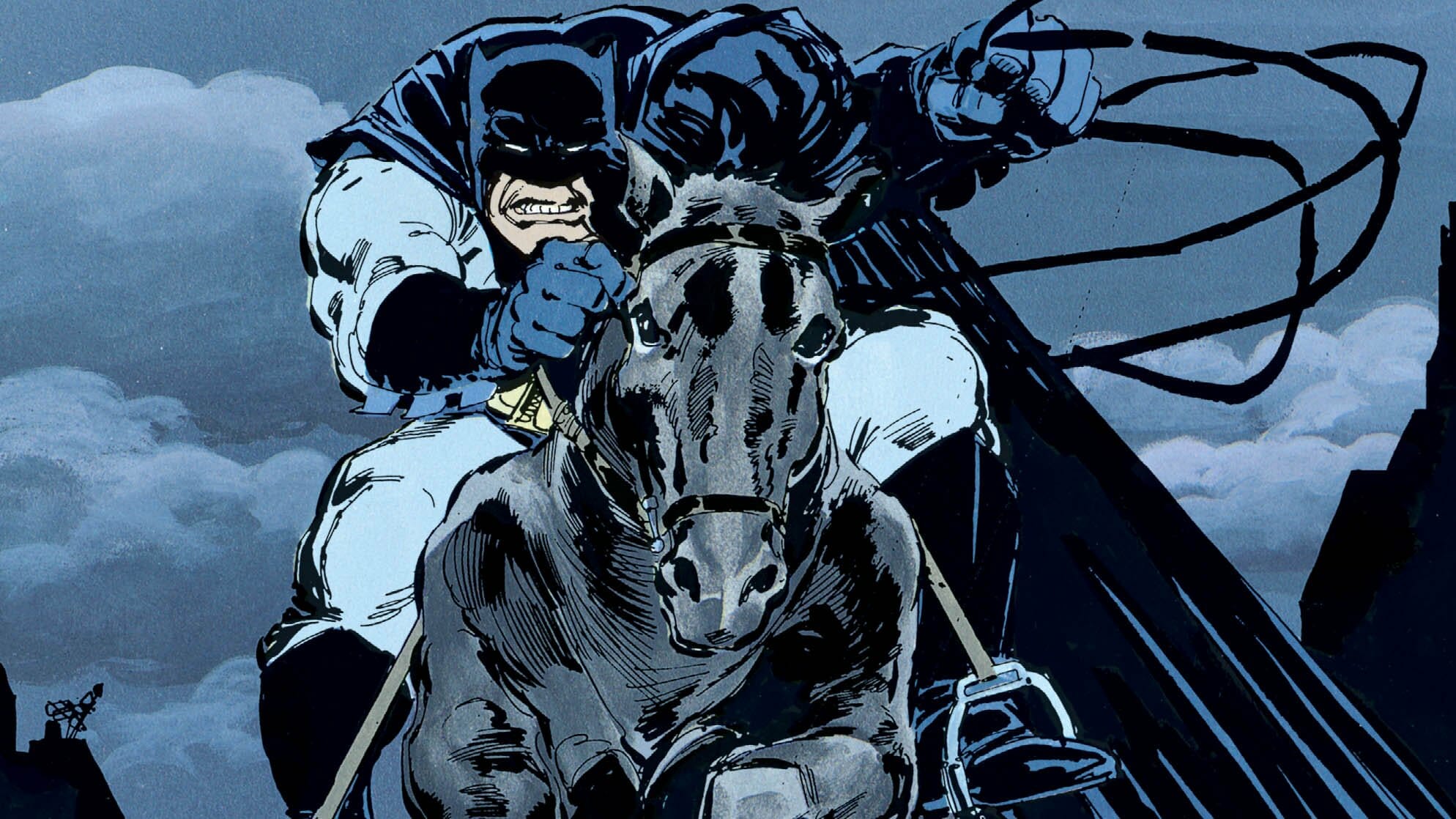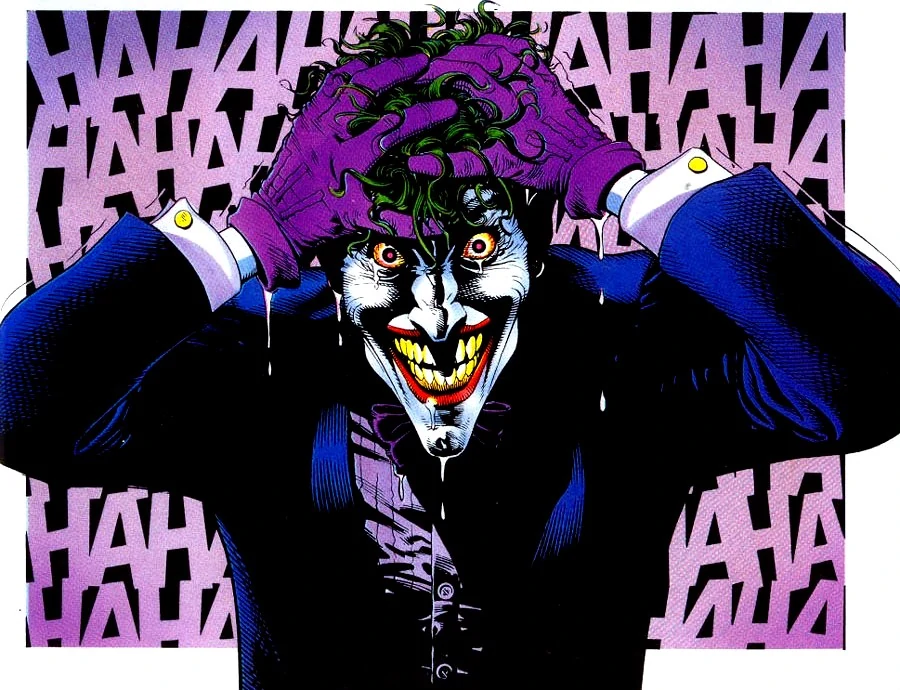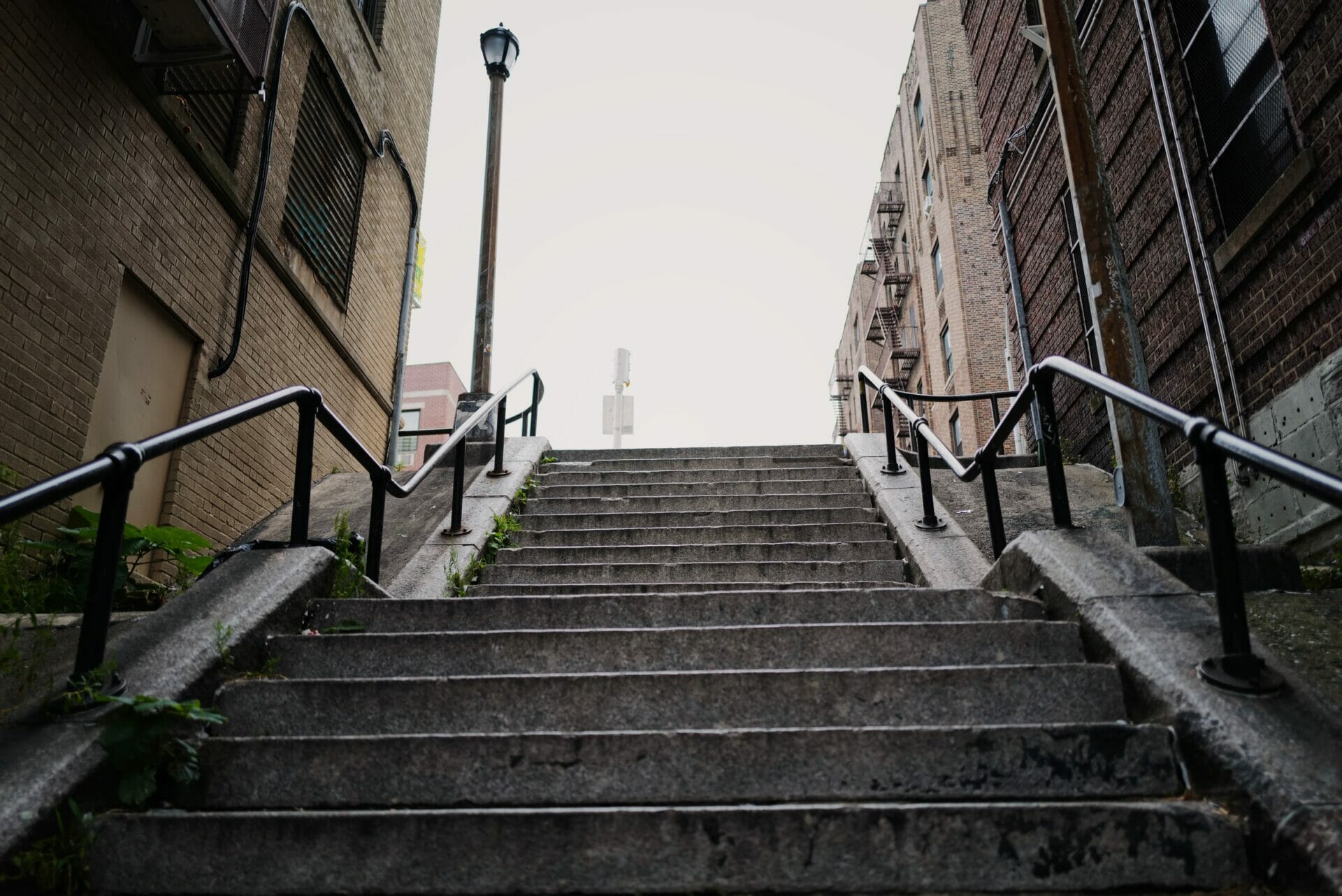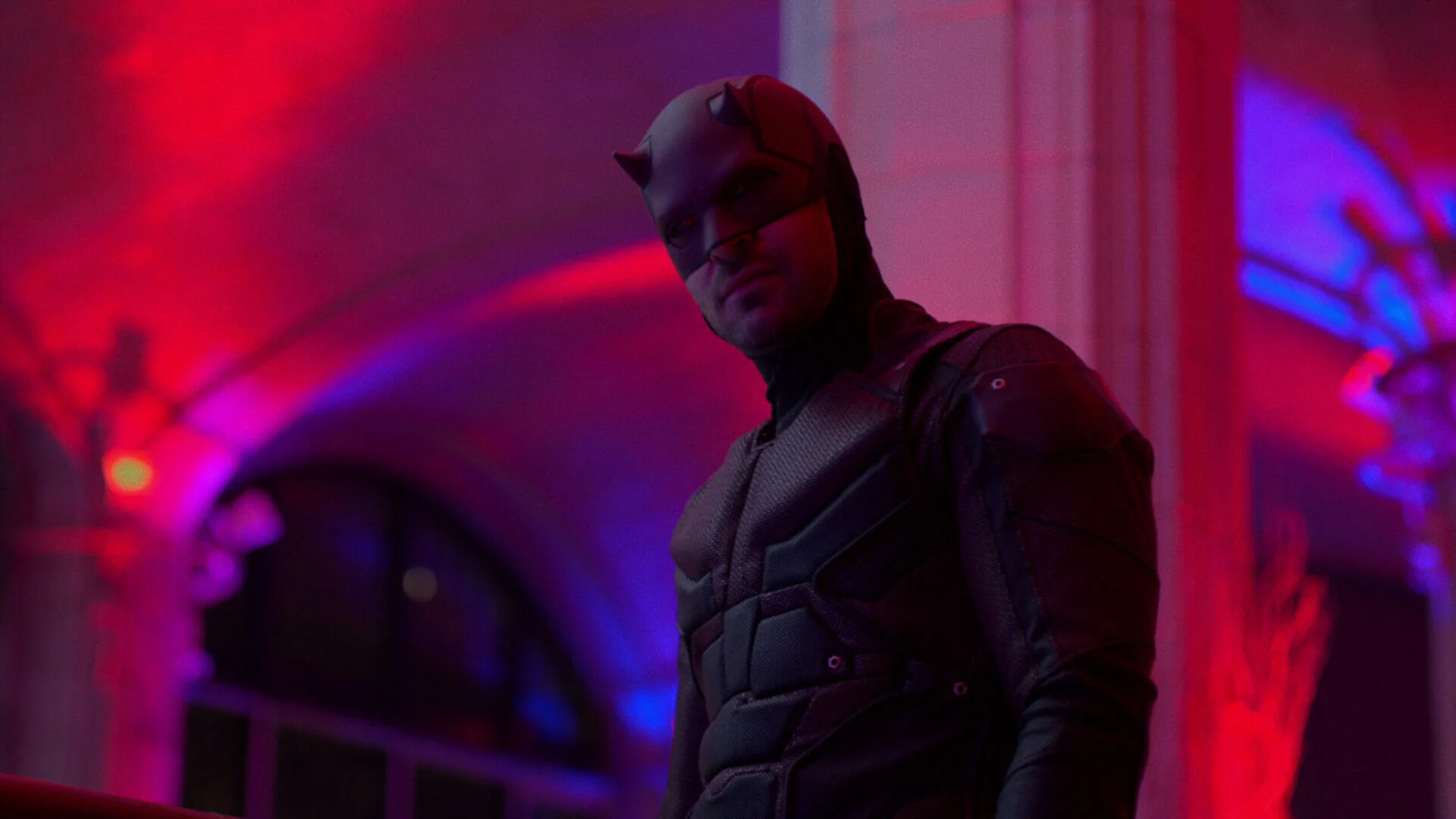
The Dark Knight | An Allegory of 9/11 and the War on Terror
Year
Runtime
Director
Main Cast
Cinematographer
Production Designer
Format
Genre
The Dark Knight – the second installment of Christopher Nolan‘s The Dark Knight Trilogy about the DC Comics character Batman – is not only a superhero tale of good versus evil, but it is a powerful allegory of 9/11 and the war on terror. The September 11th terrorist attacks mark one of the most significant collective traumas of the 21st century. Indeed, this tragedy has had a deep impact on the collective consciousness. It has affected cinema too, giving birth to a different way for contemporary Western society to represent itself within visual narratives. The Dark Knight is a prime example of this process.
The movie is the highest-grossing movie of 2008 and currently the 47th highest-grossing movie of all time. It ranked 15th on Empire‘s 2008 list of the 500 greatest movies of all time and 98th on The Guardian‘s list of the 100 best films of the 21st century. Lastly, it won more than 100 awards.
“Welcome to a world without rules”
One year after the events of Batman Begins (2005). Bruce Wayne / Batman (Christian Bale) cooperates with Lieutenant James Gordon (Gary Oldman) and District Attorney Harvey Dent (Aaron Eckhart) to rid Gotham City of crime. This strong alliance must face a new mysterious enemy: a vicious psychopath dressed up as a clown who is known as “The Joker” (Heath Ledger). The Joker’s criminal acts quickly throw Gotham into chaos and anarchy, “a world without rules” as the movie’s tagline states. Batman, forced to step in, faces his gravest trial yet: having to question his own status as a hero.
The Dark Knight vs. The Joker: a post-9/11 parable
The movie poster shows a strong first reference to post-9/11 imagery: a skyscraper on fire. But it is especially the character of the Joker that sets up an allegory of terrorism. Heath Ledger’s performance as the Joker garnered critical acclaim. What’s more, Ledger, who died accidentally before the movie’s release, won a posthumous Academy Award for Best Supporting Actor (actor Joaquin Phoenix joined him in 2019 with an Academy Award for Best Actor for portraying the same character in Todd Phillips‘ Joker).
The Joker has a self-destructive tendency. He has a burning desire to disrupt the order upon which the human psyche and modern society are based. He presents himself to Gotham’s citizens – and the viewer – through grainy, low-quality first-person videos. Finally, he often uses explosives to spread chaos and attack Gotham. These elements are reminiscent of terrorist behavior: the footage of terrorists and captive hostages after 9/11, and the typical weapons they are wont to use. Also, Joker’s makeup-covered face echoes the anonymity of terrorist figures.
In this thread, regarding the character of Batman, writer Andrew Klavan offers a singular interpretation that has also attracted some controversy. He indeed compares the actions Batman takes throughout the movie with those of George W. Bush‘s presidency during the U.S. War on terror.
1939 to the present: a dark hero’s evolution
Artist Bob Kane and writer Bill Finger created Batman in early 1939. The DC Comics character debuted in the 27th issue of the American comic book Detective Comics. Since then, the Gotham City superhero has become one of the most celebrated characters in popular culture. Indeed, the character of Batman has appeared in various media such as Tim Burton‘s Batman (1989) and Batman Returns (1992). In addition, the superhero returned to the big screen with The Batman (2022), directed by Matt Reeves.
Christopher Nolan’s The Dark Knight Trilogy is part of the long-term process that has gradually deconstructed and reassembled the hero archetype in a more complex and multiform way. As movie critic Roger Ebert stated:
Nolan has freed the character to be a canvas for a broader scope of human emotion.
Roger Ebert, “No joke, Batman”
This process is similar to that of other superhero narratives such as Logan, Watchmen, and Daredevil, to name a few. These stories show an increasingly humanized hero; a hero defined by a strong ambiguity and an inner conflict with his own dark side always ready to emerge.
In the end, with The Dark Knight, this hero’s evolution has gained a new meaning: it reflects the global traumas that have swept through our society and serves as an allegory for our post-9/11 world.
Tag
Buy a ☕ for Hypercritic








